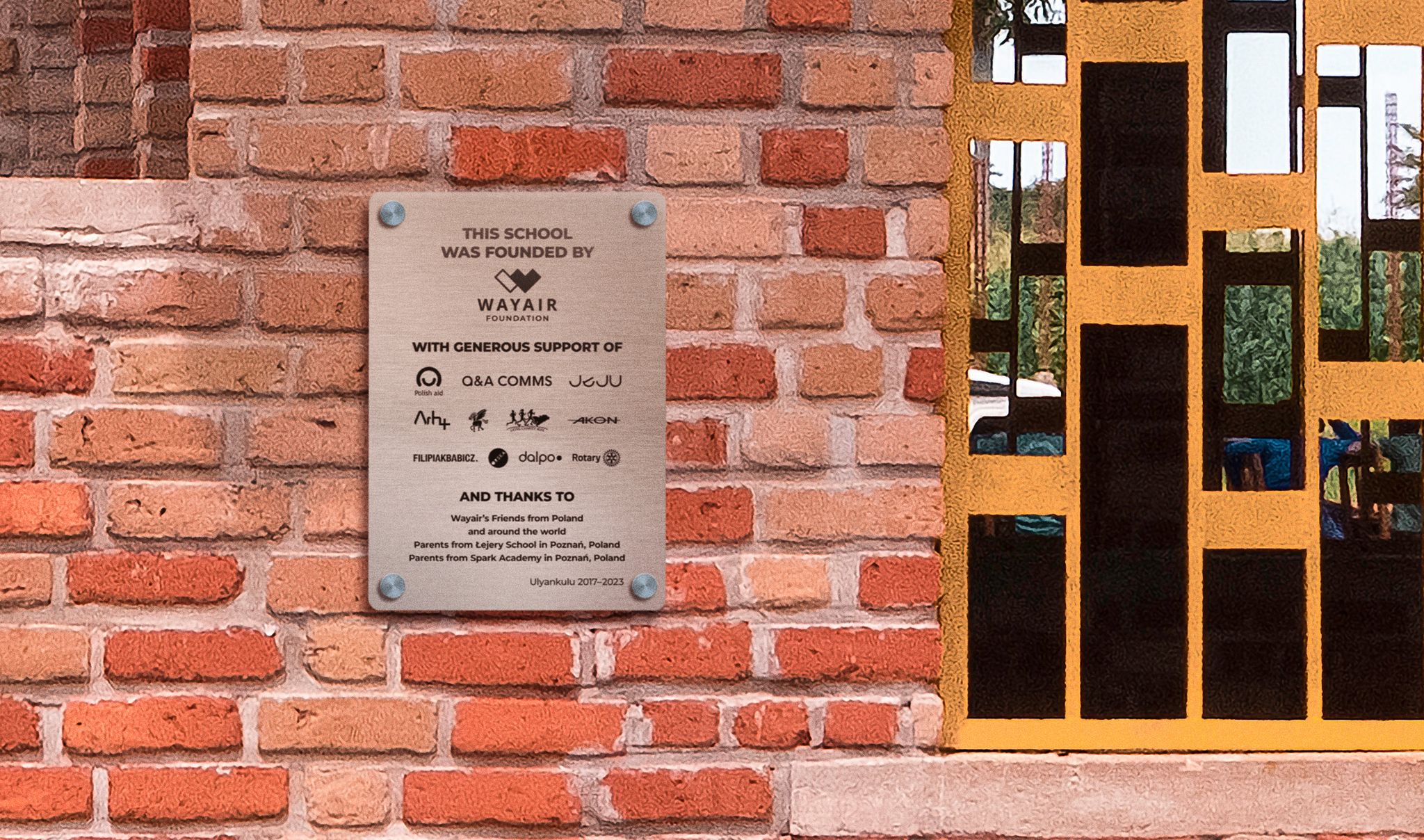


One of the many problems facing children in Tanzania is limited access to education.
Thanks to Dalpo’s cooperation with the Wayair Foundation in Tanzania, a school for the youngest children has been established. We talk about the project, challenges and plans with Łukasz Rawecki, President of the Management Board of Dalpo Projekt.
1. Where did the idea to design a school in Ulyankulu come from?
The idea was conceived by the founders, Aneta and Przemek, many years ago. Their daughter studied African Studies, worked for many foundations operating on the Dark Continent and recognised the needs there. Above all, Africa needs education.
Ulyankulu is the largest refugee centre in Africa. Currently, around 60,000 refugees from Burundi and Rwanda live there. It is widely known that refugees do not have the same rights and privileges as citizens of a given country, which is why their needs are even greater.
2.How did the work on the project proceed?
Generally speaking, it was quite typical – identifying opportunities and needs, concept, construction design, implementation and supervision. However, in detail, the project was carried out in a rather unusual way.
The project team basically consisted of three people – Iwo Borkowicz, Adam Siemaszkiewicz and myself.
In the first phase, Iwo travelled to Tanzania to explore the local construction market and climate. We wanted to use local building materials and local teams as much as possible. After the reconnaissance, we knew that we would build the facility from local clay bricks and that it could not be a complex structure. With this knowledge, we proceeded to the conceptual phase. We saw that local people use the shade of trees as a place to meet and relax, hence the concept of wrapping the buildings around mango trees. Another thing that defined the shape of the complex was water. In Africa, as we know, there is a big problem with water supply. However, Tanzania has quite high rainfall, averaging around 1,000 litres per m2, so the buildings were connected with gutters. This allows us to collect quite a lot of water for storage for the dry season.
Once we had the concept ready, it was time to prepare the design for the building permit. Of course, we had no idea how designs are prepared in Tanzania. What scope should we give it, in what language? We did not receive any guidance from the local authorities, so we decided to prepare the design according to Polish regulations, but in English. We submitted the prepared design to the investor. The investor took it to Tabory and submitted it to the local authorities. We didn’t know what to expect, and to our amazement, after a few weeks, the permit arrived!
The detailed design phase, especially the structural design, was also challenging. We had no access to any local standards. We only knew what the rainfall was like and that the ground did not freeze. The structure was designed on this basis. The form had been decided in advance, but the details were drawn based on local architectural features, so that our investment would fit into the neighbourhood, but also so that the children would feel at home.
Then came the most difficult phase – implementation. Designers and other volunteers took turns travelling to Ulyankulu to supervise the construction work. The conditions were very difficult, the availability of building materials was poor, and prices changed like a kaleidoscope. The construction process was very difficult and uncertain. Everyone who decided to go, help and supervise the project did a tremendous job.
3. What was the biggest challenge during the design phase? Was there anything that surprised you?
There were many surprises. Some were positive, others negative. It was certainly surprising that it was possible to design and build something without knowing the local regulations, which probably don’t even exist.
4. You already have one school built in Tanzania in your portfolio. Was this experience helpful to you?
It was certainly interesting. Working with young architects definitely showed me how my mind had become rigid over 20 years in the industry, and I saw that it is possible to design a little ‘outside the box’.

Dalpo Poland sp. z o.o.
ul. Miedziana 3
60-118 Poznań
tel./fax: +48 61 866 43 67
e-mail: biuro@dalpo.pl
NIP: 7792428207
Nr KRS: 0000542037
Sąd rejestrowy: Sąd Rejonowy Poznań-Nowe Miasto
i Wilda w Poznaniu,
Wydział VIII Gospodarczy KRS
Kapitał zakładowy: 149.109.150,00 pln
Send us a message